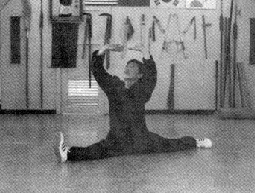by Francis Hriadil
The Pa Kua Chang practitioner’s body movement has typically been compared to that of a snake or dragon. References to snake or dragon like movement in Pa Kua Chang literature are numerous and many of the popular Pa Kua forms are called “snake” or “dragon” form Pa Kua (she hsing and lung hsing respectively). The turning, twisting, coiling, circling and whipping movements of the skilled practitioner will indeed remarkably resemble the movements of a snake and have inspired further descriptive analogies of Pa Kua movement such as yu shen (swimming body) or lien huan (continuous circling).
The snake-like movements of the Pa Kua practitioner are never restricted to the arms, but involve a connected full body movement. There are no breaks or “dead spots” along the chain of movement from the foot to the hand. Movement in every part of the body is supple, smooth, fluid, and continuous. In order to accomplish this technique, the practitioner must be extremely flexible in the joints, especially the hips (yao k’ua), waist, spine, and shoulders. Full body integration and connection in conjunction with the flexible, relaxed, and unified movement are prerequisite to correct Pa Kua Chang technique application.

Development of a body capable of this great degree of flexibility and connection (what Master Park refers to as a “kung fu body”) requires training exercises designed to develop muscle, ligament, and joint flexibility, and training the body to move in a unified manner. In addition to overall body flexibility, integration, and coordination, development of internal martial arts power, or the ability to apply great force through very small body articulations, also requires repetitive training drills designed to isolate and train secondary muscles groups, tendons, and joints. To be trained properly and completely, these components are trained in isolation before being applied in Pa Kua Chang techniques.
Another important component in development of the “kung fu body” is a balanced, unified, smooth movement of chi throughout the body. The classics of Pa Kua Chang speak frequently of the “I chi,” or “one chi.” This is referring to the ability of the practitioner to unify the movement and function of the body in such a way that the entire body, mind, and spirit are working to achieve a common goal in a given instant, creating a “whole body power.” If the body’s chi is not full and balanced, the body will not work in complete harmony and the power will not be full. There will be “weak links in the chain.”
Master Park believes that learning to apply the complex Pa Kua Chang forms before the body is well on its way to being developed properly in terms of flexibility, strength, balance, integration, alignment, and coordination is analogous to entering high school without first learning how to read. Master Park is fond of saying, “You cannot give a baby steak; a baby needs milk.“

